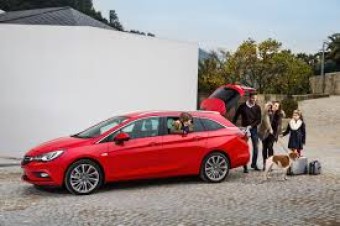BlaBlaCar changes gear by offering drivers car leases
BlaBlaCar, whose amateur (mainly private) drivers share costs with passengers on long-distance journeys, will offer them cheaper car leases through French bank Societe Generale in the latest threat to traditional transport models, write Reuters and USNews. The Paris-based start-up will first offer the new packages for Opel models through the bank’s leasing business to more active BlaBlaCar drivers in France, before deploying the program more widely, Chief Executive Nicolas Brusson said.
BlaBlaCar, whose phone app has some 40 million users in 22 countries, is among the so-called mobility services whose growth is disrupting carmakers and transport companies alike. Besides ride-sharing, they include mainly local ride-hailing services such as Uber and car-sharing firms such as Avis-owned ZipCar, which offer access to self-drive vehicle fleets for as little as an hour at a time.
“The goal is to expand that geographically,” Brusson said. “We can pioneer a new approach to car ownership based on usage.” In response to the threat, vehicle manufacturers and transport operators have struck deals with providers of mobility services over the past decade or developed their own.
Daimler launched car-sharing through its Car2Go subsidiary in 2008. Among many more recent deals, Opel parent General Motors invested $500 million in ride-hailing firm Lyft and PSA Group has backed several startups. Even France’s state-owned SNCF railway has partnered with Zipcar.
BlaBlaCar allows car owners to cover their expenses but not make a profit – which shields it from regulatory costs and tax, further improving its appeal to passengers. Thanks to its potential scale, the Societe Generale ALD Automotive partnership adds the competitive clout of corporate leasing to BlaBlaCar’s already frugal peer-to-peer model. The start-up’s 9 million drivers buy an estimated 1.3 million new cars each year.
Read more:
https://www.usnews.com/news/world/articles/2017-04-05/blablacar-unveils-opel-leasing-deal-in-boost-for-ride-sharing
http://www.reuters.com/article/us-autos-sharing-blablacar-idUSKBN177103
- BlaBlaCar now offers Opel cars through ALD Societe Generale.









